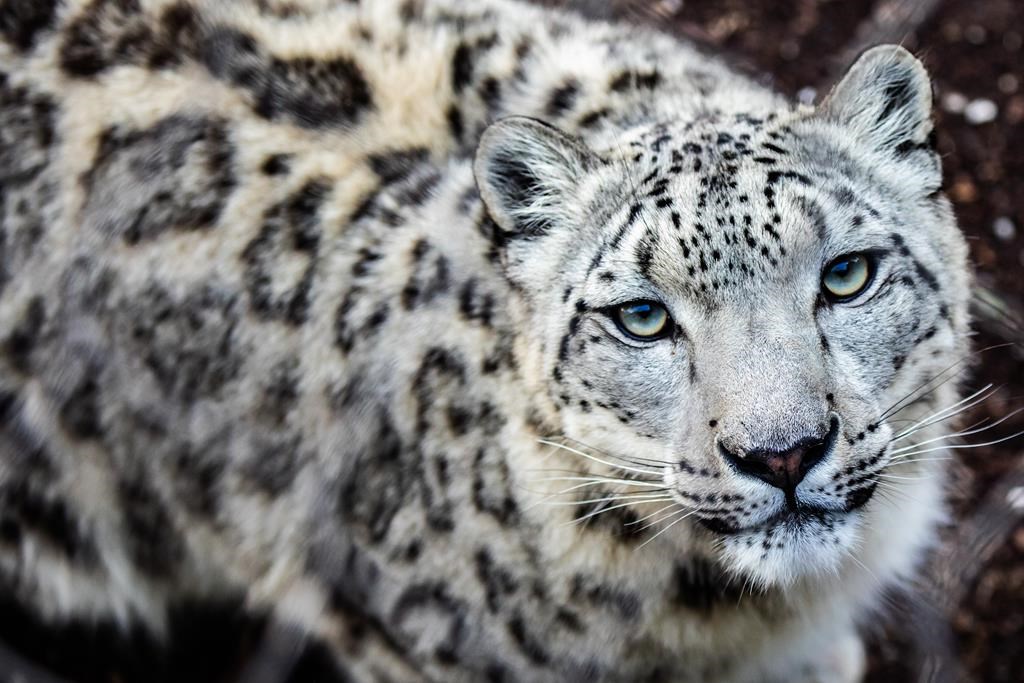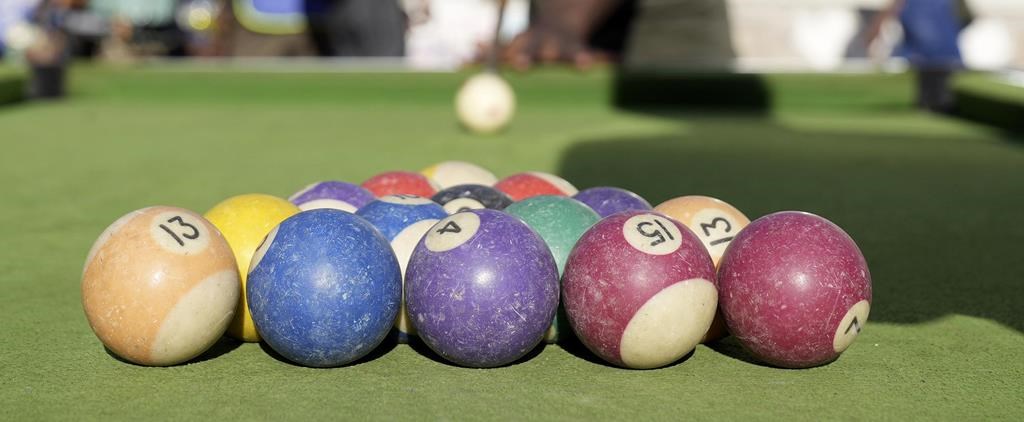MONTREAL — A new genetic mutation identified by Montreal researchers is responsible for mirror movement syndrome, according to a study published in the scientific journal Science Advances.
Mirror movement syndrome is a genetic neurological disorder that manifests itself as involuntary movements from an early age, primarily of the arms and hands. In affected people, the right hand involuntarily reproduces the movements of the left hand, and vice versa.
The disorder can also affect the lower extremities, but to a lesser extent.
“This clearly makes people who are much less skilled than average,” said Professor Frédéric Charon, Head of the Molecular Biology Unit in the Neurodevelopmental Research Unit at the Montreal Institute of Clinical Research. If we think, for example, of playing billiards, where there is one hand that must not move at all while the other hand must move, it makes all kinds of movements that don’t go well.
It is known that the right part of the brain controls the left part of the body, and vice versa. Figuratively, mirror movement syndrome occurs when an electrical wire that exits one side of the brain to go to the other side of the body splits and turns to the wrong side, causing these involuntary movements.
Professor Sharon and Dr Myriam Srour of Montreal Children’s Hospital and researchers Sabrina Schlinger and Patricia Yam have identified a new gene and mechanism responsible for this regulatory defect.
They were able to reproduce the problem in transgenic mice in the lab. Professor Charon said these mice struggle to move normally, for example when asked to walk up a ladder, which they should be able to do quite easily.
The severity of the problem varies from person to person, but it is easy to imagine that this disorder can greatly interfere with patients’ daily lives – from dressing to exercising – and can cause arm pain during prolonged activities. For example, the patient can hold the table with his left hand to prevent it from moving while he signs with his right.
“It becomes unbearable for them, at some point, to make this effort consistently,” Professor Sharon said.
Mirror movement syndrome is a rare disease, but its incidence is more pronounced in Quebec, possibly due to the influence of the founder. The new findings also come from a study of a family that has been affected for four generations.
Identification of genes associated with the syndrome is an important first step that promotes rapid and efficient establishment of diagnoses. Professor Charon stated that patients with a rare disease often have to wait a long time before receiving a diagnosis.
“It’s stressful to be told we don’t know exactly what they have,” he said. But it brings them some inner peace to the diagnosis, to hear that they have such a mutation known to cause mirror movements, that their condition will remain that way and that it is not neurodegeneration.
The discovery of this mutation could one day lead to the development of new treatments that will solve the problem before birth. But since mirror movement syndrome is not a life-threatening disease, as Professor Charron pointed out, one must ensure that the consequences of the intervention will not be greater than the problem itself.

“Music guru. Incurable web practitioner. Thinker. Lifelong zombie junkie. Tv buff. Typical organizer. Evil beer scholar.”







More Stories
Taste the first Canadian pizza to go into space
The Air and Space Forces want a “modular” plane to replace the Alphajet
Spain confirms that it is holding talks with Morocco